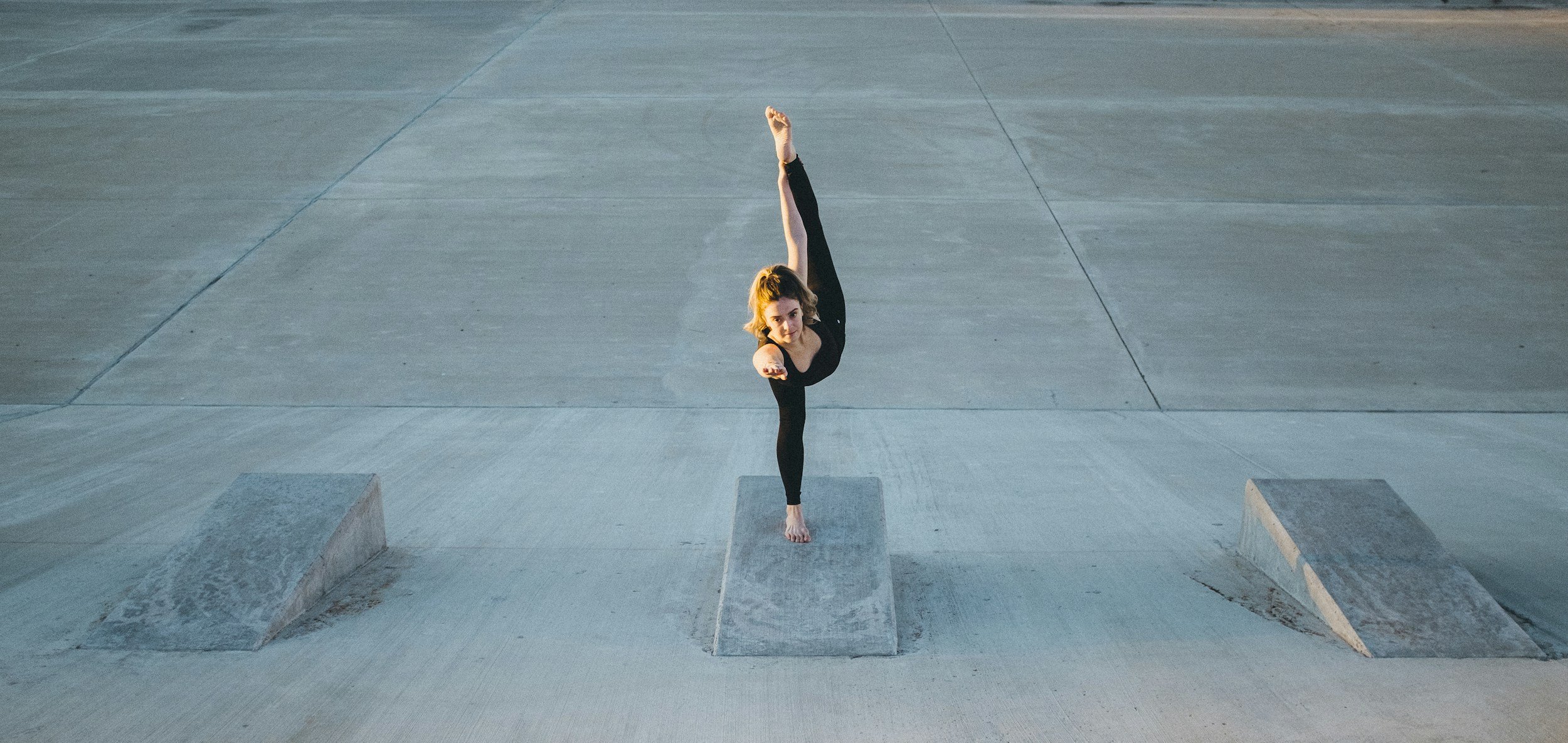Honing Your Focus: Strategies to Combat Distractions in a Fast-Paced World
Understanding Distraction in the Modern Age
Distraction has become a ubiquitous challenge in our modern lives. With the advent of technology and the internet, our attention is constantly being pulled in multiple directions. Understanding the nature of distraction is the first step in combating it.
Definition of Distraction: Distraction refers to anything that diverts attention from a primary task or goal.
Impact on Focus: Studies indicate that the average attention span has decreased significantly, plummeting from 12 seconds in 2000 to just 8 seconds by 2023. This decline is linked to the overwhelming influx of information and notifications we experience daily.
The Science of Focus: How the Brain Works
Focusing is not merely a matter of willpower; it's rooted in how our brains function.
Cognitive Processes: When we focus, specific neural pathways are activated, allowing us to process information more efficiently.
Neuroplasticity: The brain's ability to reorganize itself by forming new neural connections is crucial for improving concentration. Engaging in focus-enhancing activities can foster neuroplasticity, ultimately leading to better attention management.
Practical Strategies to Enhance Focus
Improving focus is an attainable goal with the right strategies in place. Here are some effective techniques to consider:
Time Management Techniques:
Pomodoro Technique: Break your work into intervals (typically 25 minutes), followed by a short break. This method not only enhances focus but also helps prevent burnout.
Creating a Distraction-Free Environment:
Designate a dedicated workspace, declutter your desk, and eliminate digital distractions by turning off unnecessary notifications.
Mindfulness and Meditation:
Regular mindfulness practice can significantly improve concentration. Techniques such as deep breathing or guided meditation can help train your mind to remain present.
Maintaining Focus in a Busy World
In a world brimming with distractions, maintaining focus requires intentionality and practice.
Engagement Amidst Interruptions:
To stay engaged, set clear boundaries for work and leisure, and communicate these boundaries to those around you.
Setting Clear Goals:
Clearly defined goals provide a roadmap for your tasks. Break larger goals into smaller, actionable steps to keep your focus sharp.
Leveraging Technology:
Utilize productivity apps like Todoist or Trello to manage tasks effectively. These tools can help you stay organized and minimize distractions.
FAQs
What are some common distractions that hinder focus?
Common distractions include notifications from smartphones, background noise, and multitasking.
How can mindfulness improve concentration?
Mindfulness enhances awareness and trains the brain to focus on the present moment, reducing susceptibility to distractions.
What techniques can I use to manage my time effectively?
Methods like the Eisenhower Matrix or time blocking can help prioritize tasks based on urgency and importance.
How does goal setting influence focus?
Setting specific, measurable, achievable, relevant, and time-bound (SMART) goals can enhance motivation and direct focus towards achieving them.
What role does physical health play in maintaining attention?
Regular exercise, proper nutrition, and sufficient sleep all contribute to better cognitive function and focus.
Are there specific apps that can help improve focus?
Yes, apps like Forest, Focus@Will, and Freedom can help minimize distractions and enhance productivity.
How can I create a productive work environment?
Ensure your workspace is organized, well-lit, and free from distractions. Personalize it to make it inviting and conducive to focus.
What are the benefits of the Pomodoro Technique?
This technique helps maintain high levels of productivity while preventing burnout by incorporating regular breaks.
How can I stay focused during long tasks?
Break tasks into smaller segments, use timers, and take scheduled breaks to maintain concentration.
What are the signs that I need to take a break?
Signs include decreased productivity, difficulty concentrating, and feelings of frustration or fatigue.




